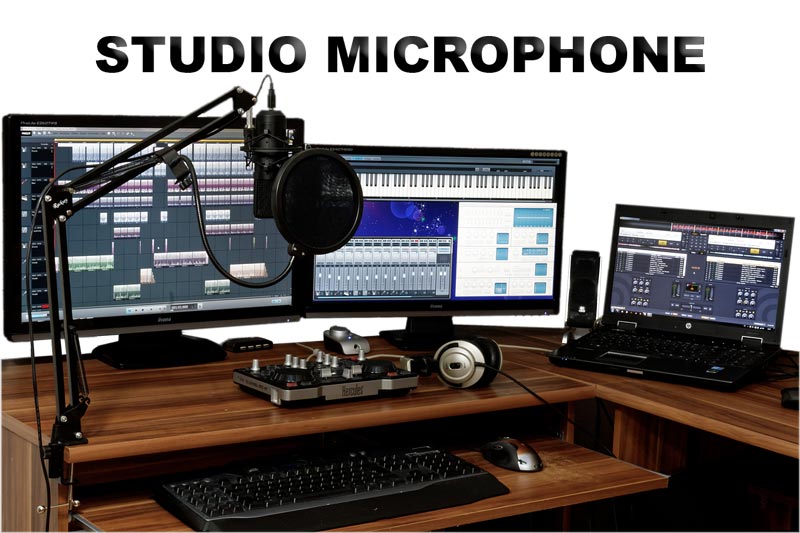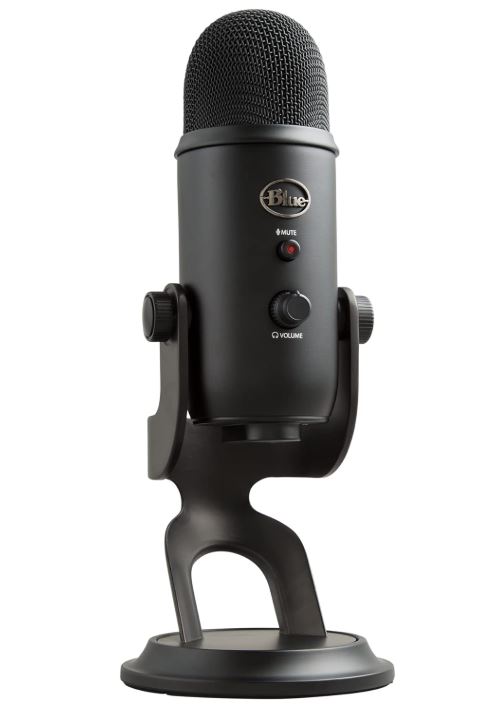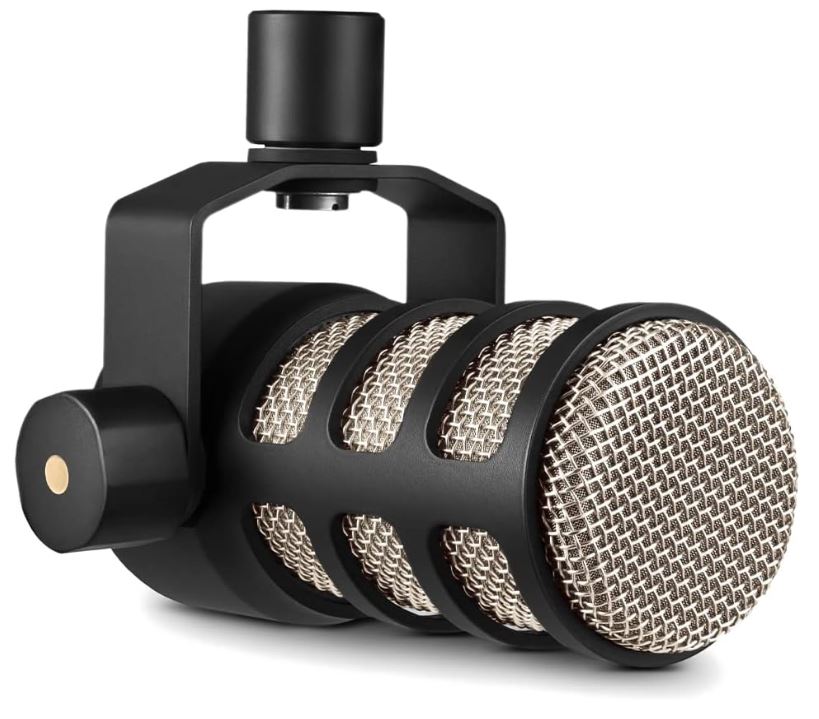Studio Microphone ▶ The best products for studio recording
Recording studios with unlimited money and emphasis on quality need a studio microphone to record vocals, speech and sound of musical instruments. Microphones do not work in isolation. Room acoustics, the stand on which the microphone is mounted and the pre-amplifier are all interconnected in delivering lifelike recordings and reproduction of audio. However, you, as an amateur, can take a leaf out of their book and select suitable, lower priced but quality microphones with USB attachments that can be plugged into ipads or computers and record from a variety of sound sources. You must know the basics of microphone technologies in order to pick a cost effective studio microphone for various applications.
Types of Studio Microphones
- Dynamic microphone: This has a copper wire coil suspended in a magnetic field of a permanent magnet. A diaphragm is attached to the coil and sound pressure generates electrical impulses in the coil.
- Ribbon microphone: This type of microphone uses a corrugated thin metal ribbon suspended in a magnetic field. Sound pressure on the ribbon causes it to vibrate and generate voltage that is amplified in the amplifier.
- Piezoelectric microphone: This uses a piezoelectric crystal, commonly used as contact microphone to amplify sound from guitars and drums.
- Condenser microphone: The capacitor or condenser mic uses plates to act as diaphragms. The plates are electrically charged with a bias voltage and sound pressure causes fluctuations in voltage that are amplified.
Our Top Picks - Best USB Microphones 🎙️
Looking for the perfect microphone? Check out our top-rated USB microphones for crystal-clear sound & studio-quality performance! 🎧✨
Today you can buy high quality USB studio microphones that are the condenser type with adjustable directivity, most suitable for recording of vocals, speech and sound of musical instruments. These microphones are nearly equivalent to expensive studio microphones in sound output, dynamic range, distortion, signal to noise ratio and sensitivity.
Selecting the right studio microphone for various applications
- For vocals: Select a studio microphone with a large diaphragm, a pop filter and a cardioid pattern to record vocals and isolate it from music or other sounds.
- Speech: If you need to record group discussions then you might prefer a USB studio microphone with a large condenser element and an omnidirectional pattern.
- Guitars: Select a microphone with a small diaphragm and a cardioid pattern to record a more natural sound and cut out interference from other sounds.
- Drums: Drums give out plenty of sound so you might make do with less sensitive, small diaphragm studio microphones. Use a microphone with a flat response from 20Hz to 20Khz since a drum set involves a large bass drum as well as high frequency output cymbals.
- Bass and electric guitars: Select a microphone with good low frequency response, preferably one with a condenser element and a cardioid pattern with a high dynamic range.
- Brass instruments: Select studio mic that can handle high sound pressure level of 135 dB in order to avoid distortion since trumpeters can blow right into the microphone. A large diaphragm capacitor USB studio microphone is ideal.
While ribbon and dynamic mics may be suited for specific applications, you will find that USB capacitor type studio microphone generally gives more than acceptable results. As always, the studio microphone is one in a chain that includes room audio dynamics and the pre-amplifier that have a significant impact on overall sound quality of the recording.



